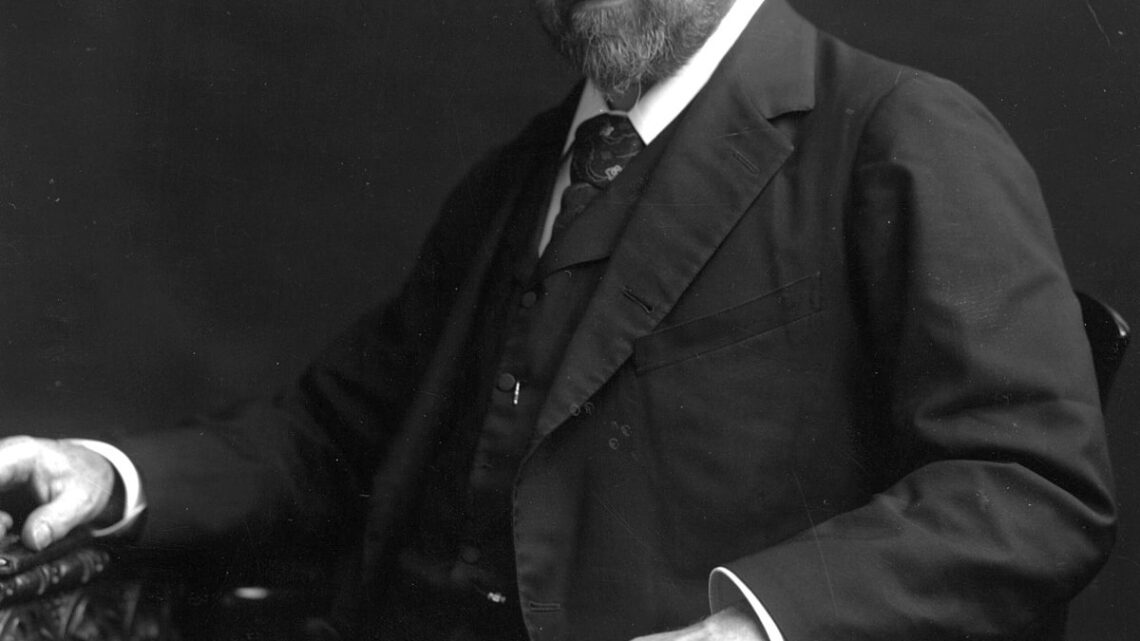Austrian map of Transylvania, contemporary with Bram Stoker.
We do not know with certainty the documents to which Bram Stoker had access, but the comparison of the elements of the novel with the works available at the time of its conception indicates, according to Denis Buican, Neagu Djuvara and Marinella Lörinczi that the author was able draw from the following sources …
First of all, the theme of the vampire appeared from 1819 in England, in full fashion of the Gothic novel: John William Polidori (The Vampire inspired by an original idea by Lord Byron), Sheridan Le Fanu (Carmilla) but also, in Germany, Karl Von Wachsmann (The Stranger of the Carpathians in 1844, with all the ingredients: castle in Transylvania, dark forests, cursed character, frightened travelers …) and, in France, Charles Nodier (Histoires de vampire), Théophile Gautier (La Morte amoureuse), Paul Féval (who makes the ghoul the female of the vampire in The Vampire of 1856) and above all, five years before Dracula, Jules Verne (Le Château des Carpathes), without forgetting the novel by Marie Nizet: Le Capitaine Vampire . In addition, Bram Stoker began his research for his novel amid the media horror sparked by his contemporary Jack the Ripper, which was rampant in London in 1888.
Count Dracula’s name is modeled on the nickname of two 15th-century Wallachian voivodes: Vlad Țepeș and his father Dracul, the “Dragon”, so called because he was a member of the Order of the Dragon; Vlad Țepeș was qualified in certain libels, published by his enemies, of Draculea: the “Dragonneau”. Dracul was not the nickname of only Vlad, but also that of another later voivode: Mihail Ier Șuțu (1730 – 1803, reign from 1783 to 1795). The life of these Wallachian voivodes is described by hostile sources as Stories of Moldavia and Wallachia by Johann Christian Engel, published at the beginning of the 19th century, which presents them as bloodthirsty tyrants, leaning, frightening engravings in the support, on the libels of their enemies. Bram Stoker was able to access it either directly in bookstores or libraries, or through articles by Ármin Vámbéry, professor at the University of Budapest whom Dr Abraham Van Helsing (character in the novel) cites as a friend and source of information under the name of Arminius Vambery.
Stoker may also have had in his hands one of the many nineteenth-century short stories inspired by the Tragica historia of László Turóczi, a Jesuit of 1729, relating the supposed bloody escapades of Countess Elisabeth Báthory (in present-day Slovakia). The novelist also evokes a princess-vampire named Lénore, who, according to a report by Klaus Steindl broadcast on the Franco-German channel Arte, may have been inspired by the rumors surrounding Éléonore-Amélie de Lobkowicz.
Since he puts words such as “vrolok” and “vlkoslak” in the mouths of Romanian peasants, it seems that Stoker read Emily Gerard’s works on Transylvanian folklore, where she describes “vrykolakas” (or ” vârcolac ”: undead in Romanian). Besides the rough spelling, Bram Stoker repeats an Emily Gerard mistake: Nosferatu, they write, would mean “vampire” or “not dead” in Romanian. However, in this language, vampire is said to be vampir and undead: strigoi (which has the same etymology as “stryge”). As for Nosferatu, whose Romanian form is nesuferitu (literally “unbearable”), he designates “the unspeakable”, the demon. Moreover, on the maps available at the time, Stoker looked for the names of the places where Vlad Țepeș and his contemporaries campaigned, and since Transylvania was Austro-Hungarian at the end of the 19th century, in the novel, the place names are given in their German form: this may have contributed to the success that the character of Dracula and his avatar Nosferatu enjoyed in German-speaking circles.
Finally, Stoker places in the mouth of Van Helsing references to the criminological theories of his time, in particular those of Max Nordau on “social degeneration” and those of Cesare Lombroso who considers the criminal as an infantile being. In the novel, it is also about hypnosis, blood transfusion and a zoological discovery that had fascinated a public fond of exotic animals: the existence, in South America, of a family of blood-sucking bats. , immediately baptized “vampires”.
